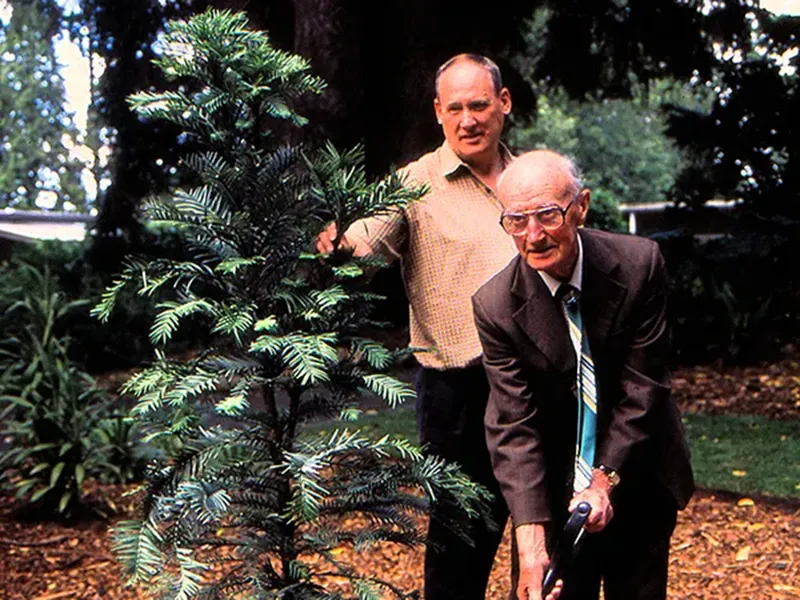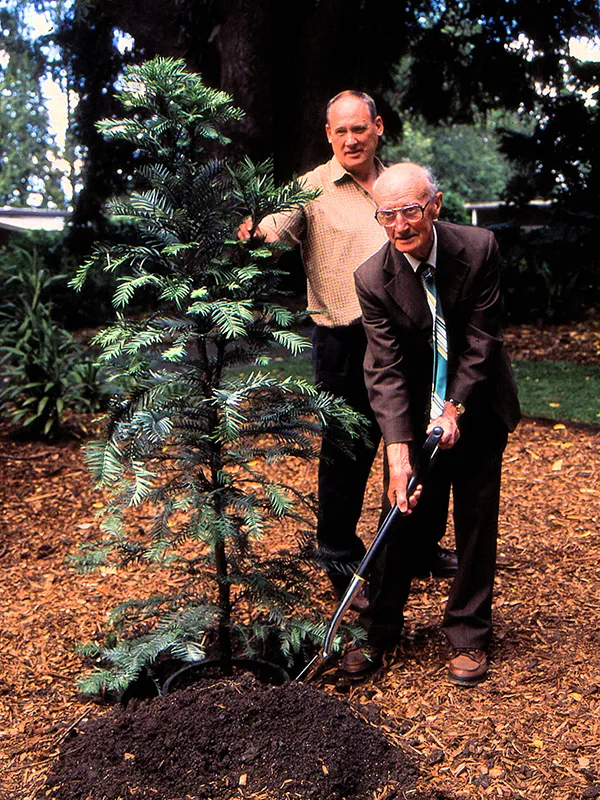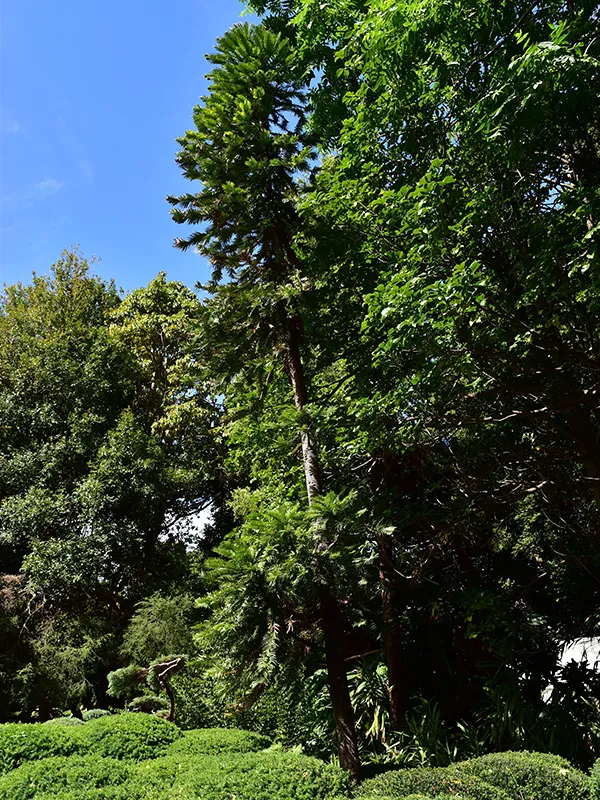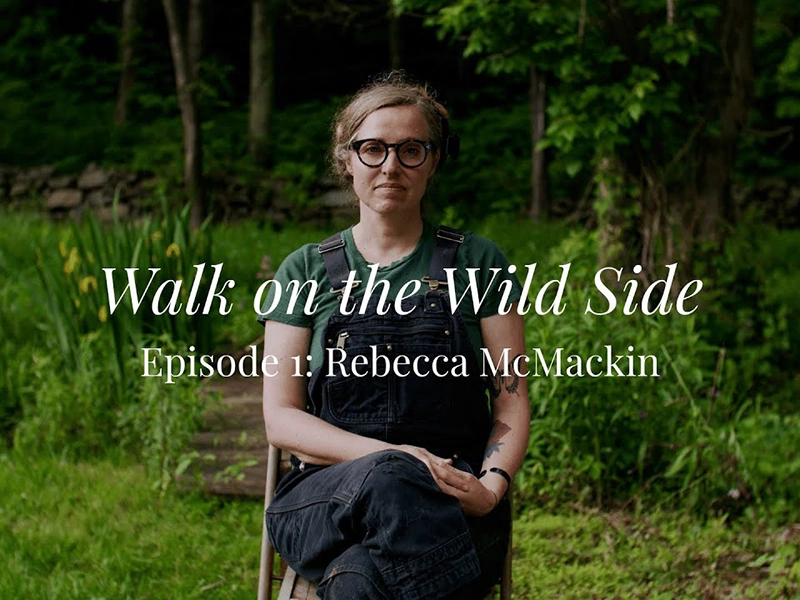The 30th anniversary of the rediscovery of the Wollemi pine prompted Gail Thomas to recall the planting of the first specimen in the Geelong Botanic Gardens.
In 2024 Van Berkel Distributors proudly commemorated the landmark 30th anniversary of the rediscovery of the Wollemi pine (Wollemi nobilis), one of the world’s oldest and rarest plants. This extraordinary species, dating back to the time of the dinosaurs, was believed extinct until its remarkable rediscovery in 1994 in a secluded rainforest canyon within the Greater Blue Mountains area.
Prior to the tree’s public release in 2006, the Council of Heads of Australian Botanic Gardens, in essence the major capital city botanic gardens across Australia, were allocated the first Wollemi pine plants on the proviso they planted the trees in cages. As the Wollemi belongs to the Araucariaceae family and the Geelong Botanic Gardens has an impressive stand of Bunya pines that are listed as being of State Significance with the National Trust of Victoria on the Significant Tree Register, locals were disappointed Geelong was not included in this initial allocation.
However, a substantial donation from a member of the Friends of the Geelong Botanic Gardens provided funds for a tree to be acquired. In December 2005 our Wollemi was ceremoniously planted by local historian and author the late George Jones making Geelong one of the first regional botanic gardens in Australia to have a Wollemi pine.
In 2009 George, together with Judy Horton and Colin Campbell, were inducted into the HMAA Hall of Fame (see photo).
Extra security
As Geelong’s Wollemi was planted just prior to Christmas, and considering it had the potential to make a very special and rare Christmas tree, a root anchor was attached. Also, a name plate identifying it was purposely omitted to ensure its security from being stolen. Twenty years on, our tall and slender specimen is now towering close to adjoining tree canopies and taking on a slight lean at the top.
On becoming commercially available and more affordable, another younger tree has been planted adjacent to our original tree and others have since been planted elsewhere in the Gardens, giving us a significant representation of this rare and very special species.









